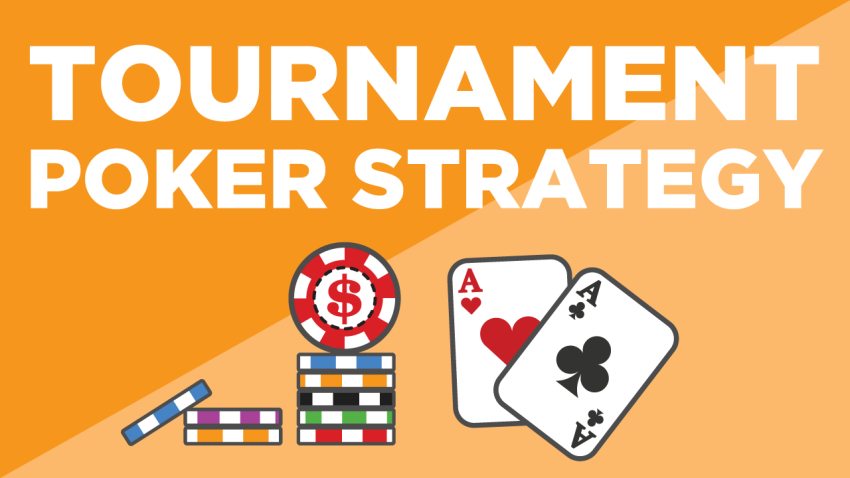Engaging in PokerAce99 tournament strategies can transform your game and elevate your experience within the competitive poker landscape. Mastering a solid poker tournament strategy is essential for climbing the leaderboard and achieving success. From effective stack management to skillfully playing against opponents, every decision counts during tournament gameplay. In this guide, we will dive into the intricacies of tournament dynamics, focusing on how you can leverage these strategies to enhance your performance and maximize your chip stack. By understanding the nuances of poker tournaments, you’ll be equipped to navigate the challenges and seize opportunities with confidence.
When exploring the realm of competitive poker events, it’s crucial to consider various tournament tactics that can give you an edge over your rivals. Effective strategies play a significant role in optimizing your position as you navigate the ranks of your poker tournament. Key elements such as managing your chip stack wisely and discerning how to exploit weaknesses in your opponents can enhance your likelihood of advancing in the race. In this discussion, we will unpack these strategic components, offering insights into effective gameplay and situational awareness that can lead to rewarding outcomes in tournament settings.
Effective PokerAce99 Tournament Strategies for Success
When participating in a PokerAce99 tournament, mastering effective strategies is paramount for ensuring competitive gameplay. One key strategy involves understanding the structure of blinds and stack sizes at each gaming stage. For instance, in the early phases of the tournament, players should focus on tight play, preserving chips while observing opponents’ behaviors. As the tournament progresses to its middle stages, players can shift their approach to stack management, recognizing when to be aggressive and hunt for opportunities against players with lower chip counts. This evolution in strategy allows for smarter play as you adapt to the dynamics of the game.
Moreover, as you climb the leaderboard, it’s crucial to maintain flexibility in your tactical approach. For instance, consider shifting from a conservative style to a more aggressive one as you begin to amass a larger stack. This adaptation not only helps in maintaining an edge but also in pressuring opponents who may still be playing cautiously. Incorporating concepts from game theory can also aid in predicting opponents’ strategies versus your own, ultimately leading to more informed decision-making during intense moments of gameplay.
Mastering Stack Management in Poker Tournaments
Effective stack management is a cornerstone of successful poker tournament strategy. Players must pay close attention to their chip count in relation to the blind levels. For example, a declining chip stack can significantly alter a player’s approach to the game, necessitating a shift from passive to more aggressive play. It’s essential to avoid risky plays with weak hands; instead, focus on value betting and only committing chips when the odds are favorable. A sound understanding of when to push all-in or fold can protect your stack and prolong your participation in the tournament.
During the middle and late stages of the tournament, effective stack management becomes even more critical. Players should employ strategies like adjusting their play based on their chip position relative to the blinds—opting for calculated aggression when they have a sizable stack or utilizing a tight strategy when facing short stacks. Self-awareness regarding your stack size in relation to others on the table will help you make tough decisions, whether it’s chipping up when opportunities arise or carefully reserving your chips as the pressure intensifies.
Frequently Asked Questions
What are the best PokerAce99 tournament strategies for effective stack management?
Effective stack management is crucial in PokerAce99 tournaments. Players should focus on chip preservation during the early stages by playing tight and conserving chips. As the blinds increase in the middle game, adjusting your strategy to maximize pressure on shorter stacks can turn the tide in your favor. In the late game, understanding blind-to-chip ratios and employing all-in strategies when short-stacked can help accumulate chips and improve your chances of climbing the leaderboard.
How can I exploit opponent weaknesses using PokerAce99 tournament strategies?
Exploiting opponent weaknesses is a vital component of successful PokerAce99 tournament strategies. Start by observing your opponents’ betting patterns to identify their tendencies, whether they are aggressive, passive, tight, or loose. Focus on less experienced players, as they often make predictable mistakes that can be leveraged. Utilize game theory to read their potential hands based on their betting behavior, allowing you to make calculated decisions that exploit their vulnerabilities throughout the tournament gameplay.
| Key Areas | Strategies |
|---|---|
| Game Dynamics | Understanding tournament stages: Early, Middle, Late. Each stage requires different strategies. |
| Early Game | Play tighter, observe opponents, conserve chips. |
| Middle Game | Shift focus to stack management and pressure shorter stacks. |
| Late Game | Adapt strategies based on opponents, utilize aggression when needed. |
| Stack Management | Preserve chips, adapt to blind levels, develop short-stacked strategies. |
| Opponent Exploitation | Identify opponents’ patterns, exploit weaknesses, read betting lines. |
| Adaptation | Change play style as needed, respond to opponents, incorporate game theory. |
Summary
PokerAce99 tournament strategies are essential for achieving success and can greatly enhance a player’s performance. By mastering a diverse range of strategies, including understanding game dynamics, effectively managing your stack, exploiting opponents’ weaknesses, and remaining adaptable, you position yourself for better chances of winning. This continuous refinement of skills and tactics, alongside attentiveness to opponents and changing game conditions, ensures that you are not only competitive but also capable of progressing through the tournament stages. With these strategies at your disposal, you can confidently navigate the complexities of the tournament and aim for the top of the leaderboard.
